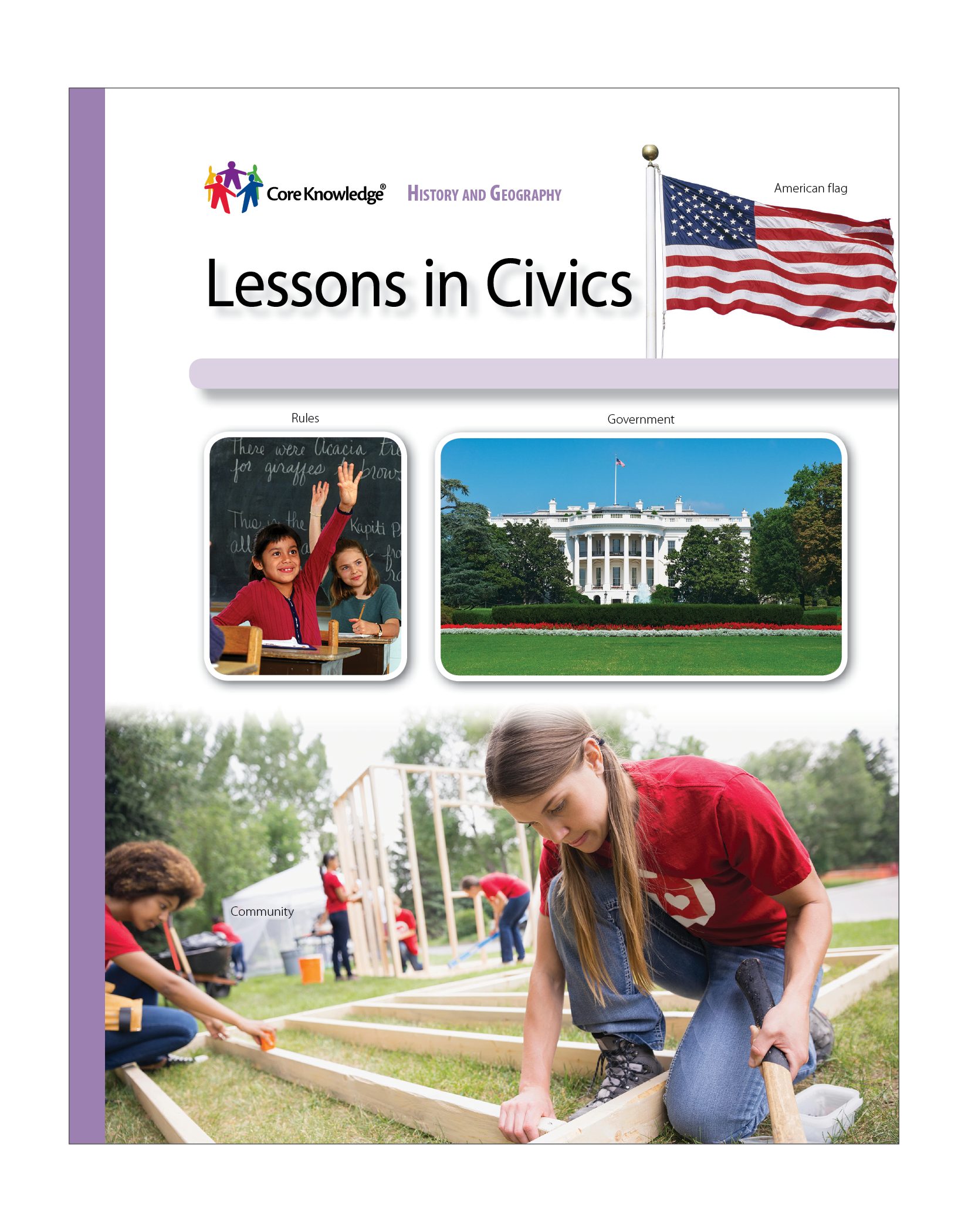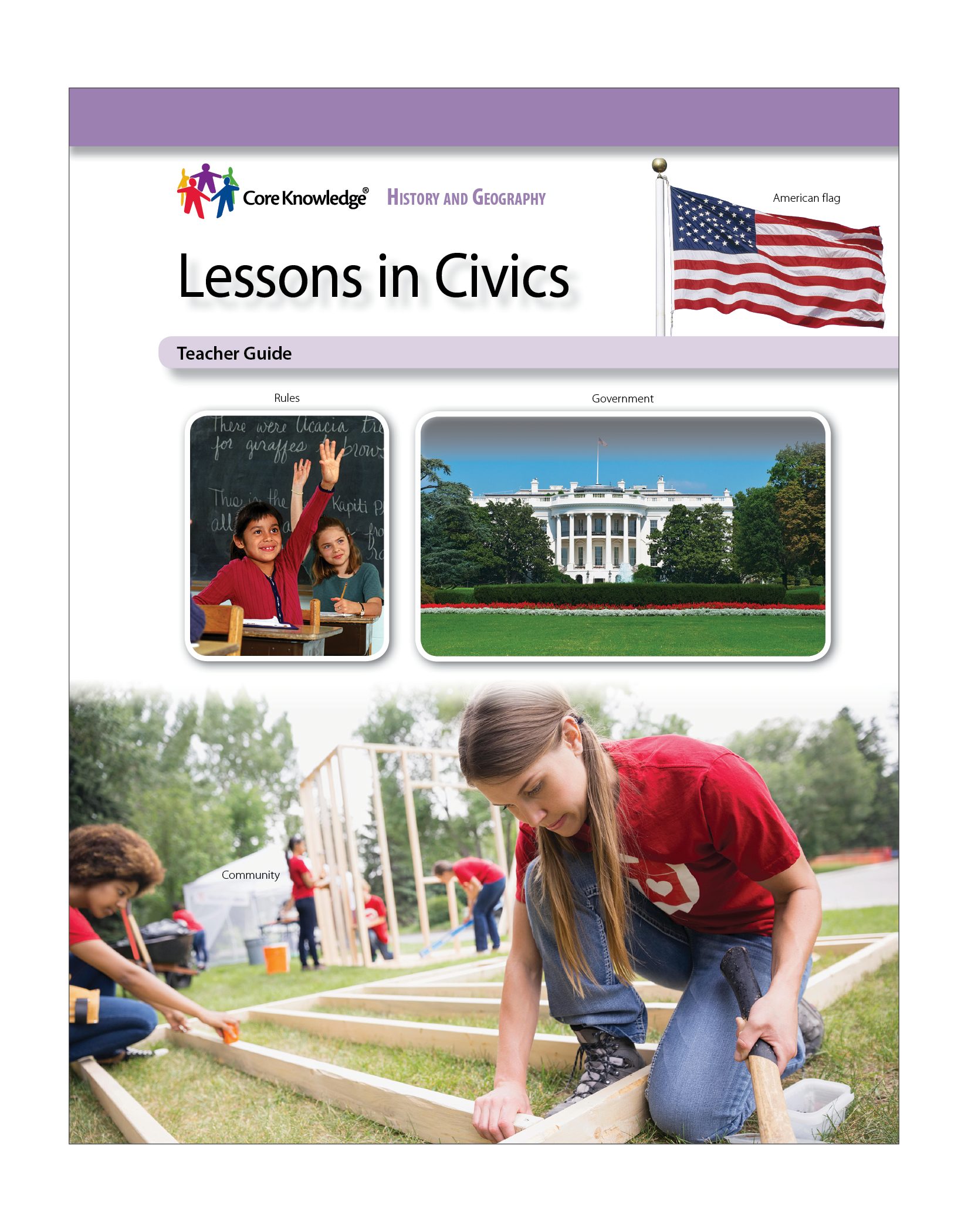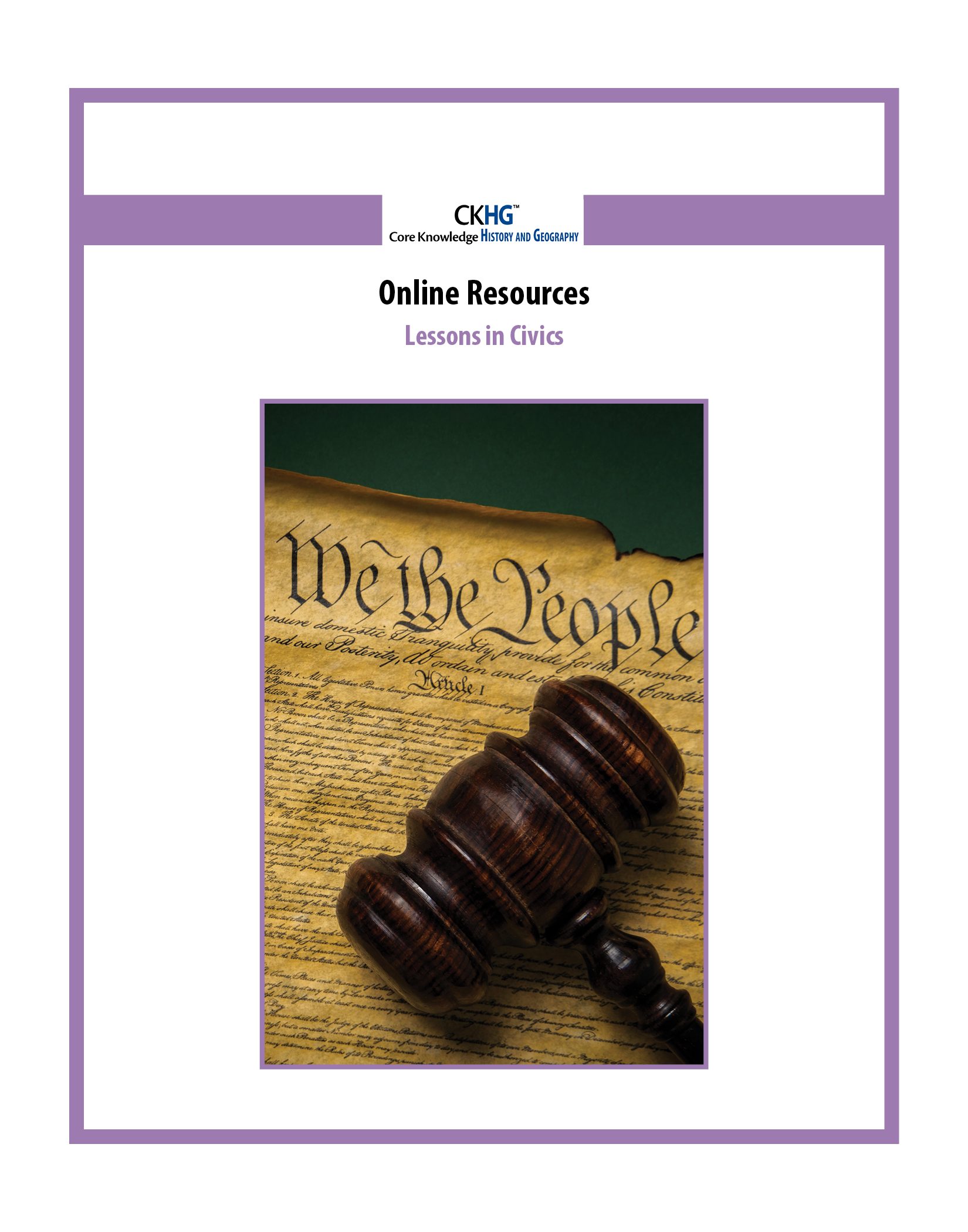
CKHG Unit 10: Lessons in Civics
Focus:
This unit provides a broad overview of what it means to be part of a community, including:
- what it means to be a member of a community
- the purpose and importance of rules and laws
- characteristics of good citizenship
- examples of good citizenship from history
- how our community helps us and how we can help our community
- throughout history people have fought to change unfair laws
- understanding that in the United States, laws are made by leaders who are elected
- know national holidays and American symbols
Number of Lessons: 8
Instruction Time:
We have intentionally left the pacing and timing needed to teach the content presented in the Teacher Guide and Student Book very flexible. Teachers can choose how much they read aloud and discuss in a single instructional period, as well as how often each week they use the CKHG materials.
Additional Search Terms:
community • rules • laws • rights • culture • courage • identity • heritage • symbol • traditions • immigrant • representative • democracy • document • independent • citizen • lawmakers



